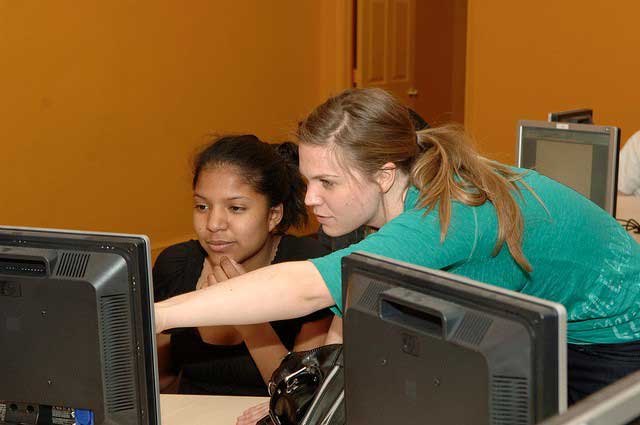Advanced edtech tools in the classroom can have a good influence on kids.
They can also help teachers do their jobs with a lot more ease and determination. However, it’s tough to be 100% pro technology as far as education is concerned. Some are not that happy that it slowly but steady becomes omnipresent in the classroom. Because it offers students a unique opportunity to learn in a more fun and productive way, immediate access to smart devices in the classroom changes the learning model. But it might be for the better.
Platforms and apps for teachers
Platforms and apps for teachers can help them gather details on a student a lot faster. They can check attendance history, overall performance on language proficiency and quizzes, and level of participation in class. All this information will help them understand how students perform; as well as assess the performance level of the whole class. Most edtech apps have reporting features to make data accumulation easier to analyze, and the shared with the parents.
“Just in Time” learning
Just in time learning helps teachers solve urgent matters that happen in class. They can exclude information that students won’t use or don’t want to listen. It is an excellent opportunity for teachers to focus strictly on valuable raw data that pupils might actually use. Furthermore, edtech permits teachers to see where a student might be missing the point, and then focus on lessons that provide valuable information and actionable facts. Rather than listen for a whole hour to something they already know, edtech helps teachers spot particular areas of interest.
Versatile learning modalities
When technology is incorporated in the classroom, it means that all students are exposed to different learning modalities. Some students might perform better in a conventional lecture environment; others however, can do better when learning independently. It might be a good idea to allow students to choose. This way, they’ll be more willing to explore different techniques, and eventually settle on the best tactics as individual learners.
App autonomy
Over 50% of kids over 8 have access to at least one mobile device (often present in their homes); whether it’s an iPod, smartphone, or tablet, according to recent studies. An astounding percentage of 72% of top selling apps in the App Store are intended for kids in elementary school and preschoolers. Pupils that engage in an interactive form of media seem to retain information a lot better than their peers, and to some degree that is understandable.
Modern schools don’t forbid technology in the class. On the contrary; someembrace it because there’s great potential in using it. Teachers make use of video projectors, tablets, and laptops almost daily to show kids all kinds of tutorials, and help them understand processes a lot faster.
Edtech tools for teachers
Most teachers and educators ask themselves “What do we do to keep our student engaged and motivated in the classroom? The answer is a lot more complex than meets the eye. Nonetheless, it is important to prioritize, and go for edtech tools that can bring value. Here are some examples.
- Noodle – because every studentis different, it is important for teachers to diversify their teaching methods. Noodle can help them look for the best educational resources.
- Quizalize – set up the best quizzes for your pupils and craft the best competitions to stimulate their imagination. Teachers can use the results to monitor progress, thus instantly spot who needs further assistance.
- Kahoot – an excellent tool that helps keep learners engaged. Kahoot can be used to craft games and teams, thus encourage all pupils and students to engage and compete to win prizes and challenges.
- Google Cardboard – use Google for more than browsing. The website’s Cardboard tool is versatile and extremely useful in class. Make learning fun, and the kids won’t feel pressured they’re compelled to complete a task.
There’s no doubt that technology can help both teachers and pupils in the classroom. Smart devices and apps can be used to foster creativity, and even to motivate shy kids to participate. Let the best gadgets become your school pupil tracker, and assess their progress afterwards. This way, you’ll know exactly who needs more attention and who can manage lessons on their own.
